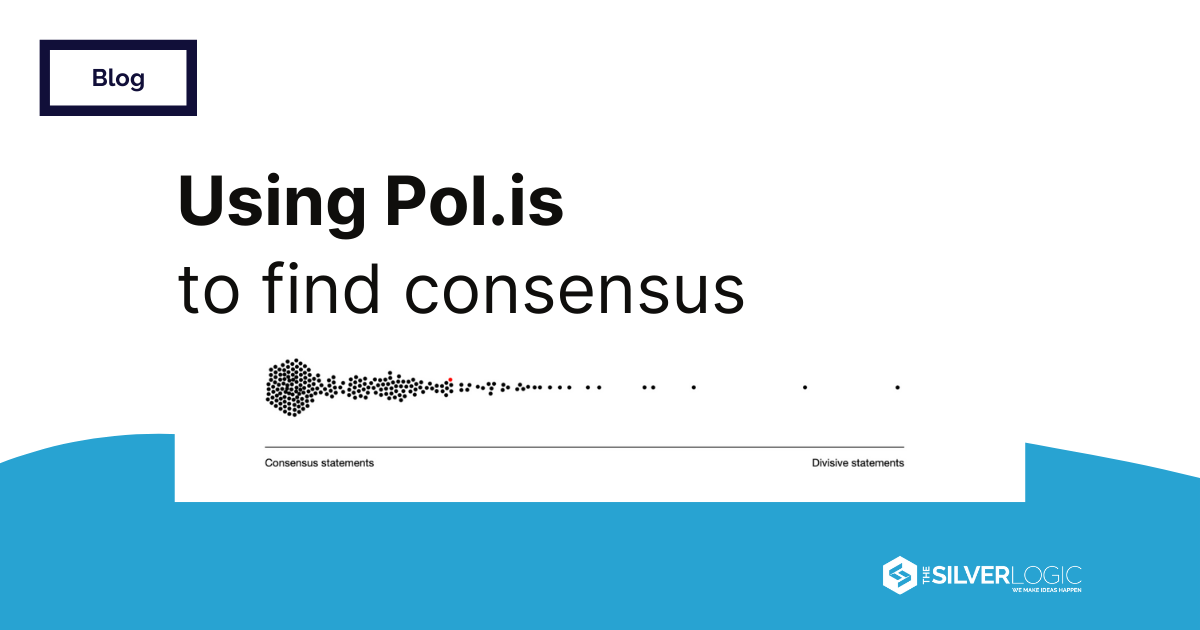10 Strategies for More Effective Sprint Retrospectives
Sprint retrospectives are an essential aspect of Agile development, offering a platform for teams to reflect and flourish. This guide will shed light on some effective ways to conduct retrospectives, ensuring they are not just routine meetings, but catalysts for continuous team improvement. As a key element of Agile practices, sprint retrospectives are more than just discussions — they're opportunities for growth and learning.
- Understand the Benefits and Involve Everyone: A sprint retrospective provides a safe space for team members to share feedback, document wins and areas for improvement, and create an actionable list of next steps. It's important that the entire team, including the scrum master, product owner, and all team members involved in design, building, and testing, participate actively.
- Use Varied and Interactive Methods: Use different strategies to gather feedback. For example, the Sailboat Method uses a visual approach where the team adds feedback on a sailboat drawing, representing various aspects like what moved the team forward (wind) and what held them back (anchor). Affinity Mapping and the Four Ls method are other effective approaches to structuring the process of generating feedback.
- Scrum Master's Facilitation Role: The scrum master plays a central role in facilitating the sprint retrospective. They ensure that the team reflects on the past sprint to develop new ways to improve performance. Utilizing tools like ClickUp, Sprint Boards, and Reetro, among others – the facilitation process can be enhanced to make navigating the retrospective more efficient and improve collaboration within your team. Project management software like Jira can also be useful to get metrics like velocity, cumulative charts, or comparisons between bugs and stories to move the conversation forward about what went well, what needs to improve, and action items.
- Follow a Structured Agenda and Ask the Right Questions: A typical sprint retrospective agenda includes setting goals, gathering data, identifying patterns, and deciding on next steps. Key questions to ask include: what went well, what didn't, and what could be improved. This helps in identifying issues and challenges and formulating an action plan to address them.
- Best Practices for Productive Retrospectives: Plan the retrospective, engage people early by piquing their interest, and create a conducive space for the meeting whether it's at the office or a video meeting. It's important to keep the meeting within a reasonable time frame. A rule of thumb might be 30 minutes for a one-week sprint, to maintain focus and avoid team burnout. Encouraging an open and honest discussion, while ensuring the conversation remains constructive, is fundamental to an effective sprint retrospective.
- Cultivate a Reflective Atmosphere: A sprint retrospective is a time for the team to collectively reflect on the past sprint, focusing on aspects like communication, teamwork, processes, tools, and the work environment. Again, it's important to create an environment that encourages open discussion about these elements without focusing on individual performance or playing the blame game.
- Facilitate Active Grouping and Discussion: Encourage the team to actively participate in grouping reflections into themes. This could involve reading out reflections for the team to the group or using digital tools for collaborative grouping. Active grouping takes a collection of individual observations and makes it easier to find actionable insights. Active participation in this phase increases engagement and helps in identifying common patterns and areas that need improvement.
- Time Management Across Phases: Implement timers for each phase of the retrospective, not just the reflection phase. Timers help keep the discussion moving forward and ensure that all topics receive attention without dwelling for too long on any single point. This practice helps in maintaining a focused and productive retrospective session.
- Assign Actionable Steps: During the discussion phase, identify small, manageable action items and assign them to specific team members. This approach helps ensure that the insights gained from the retrospective are translated into concrete steps toward more productive and effective sprints with the team working towards that goal.
- Rotate the Facilitator Role: To bring fresh perspectives and avoid monotony during retrospective meetings, rotate the role of the facilitator among team members. Different facilitators bring their unique styles and approaches, which can lead to more varied and useful discussions. This practice also allows team members to develop their facilitation skills.
Sprint retrospectives are about more than just reviewing past actions; they're about making the team more efficient and effective in future sprints. By applying these tips, Agile teams can turn their retrospectives into powerful tools for progress, ensuring each sprint is more productive than the last. The goal is to create a collaborative environment where every team member contributes to the evolution of processes, ultimately leading to a more effective and satisfying work experience.
